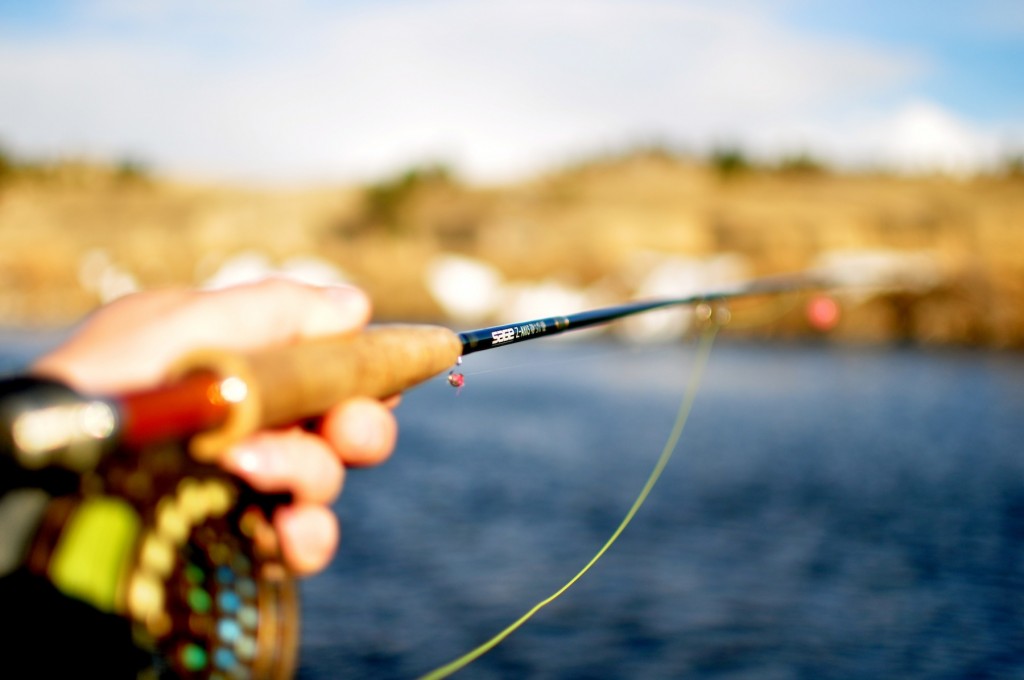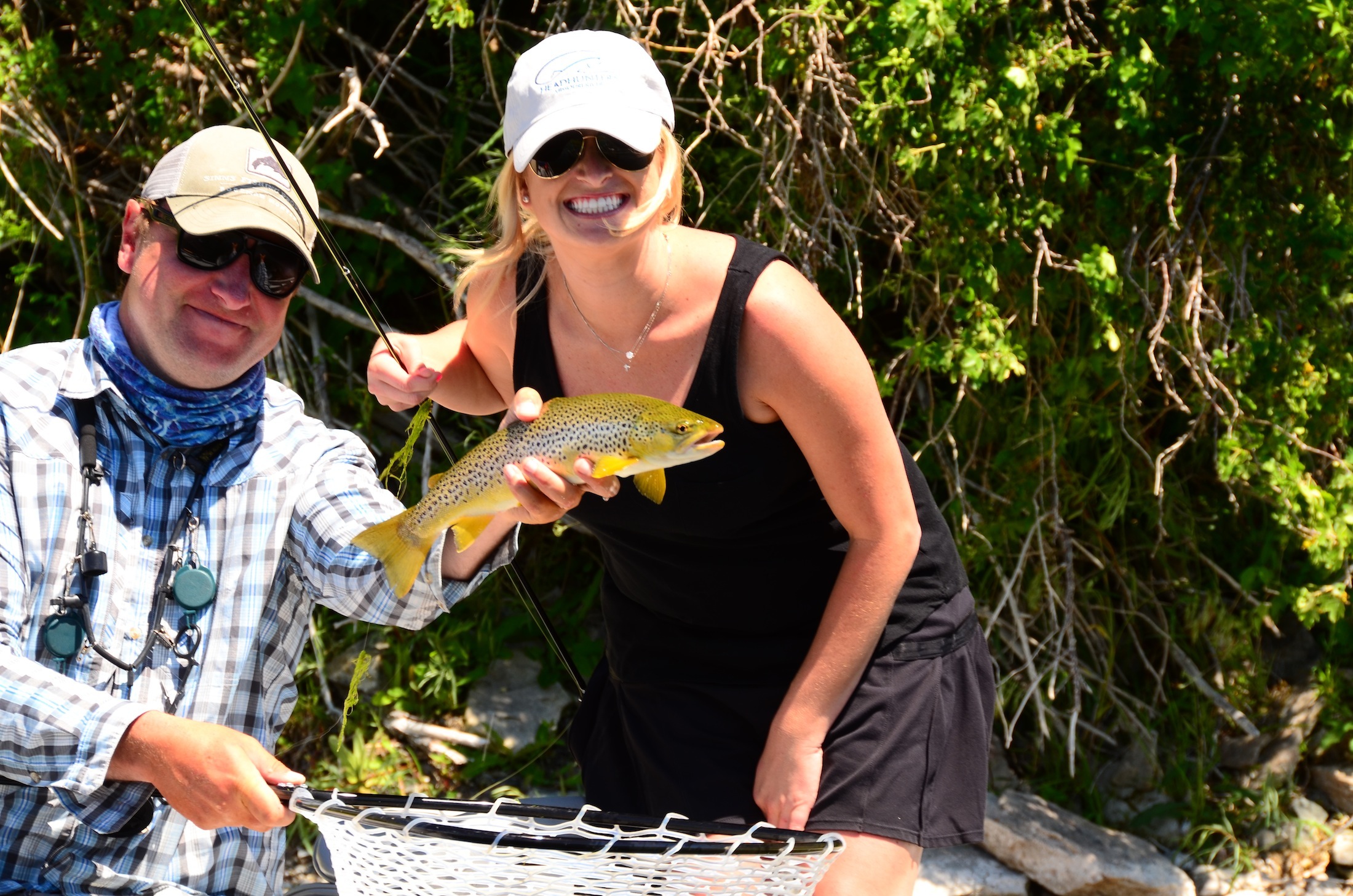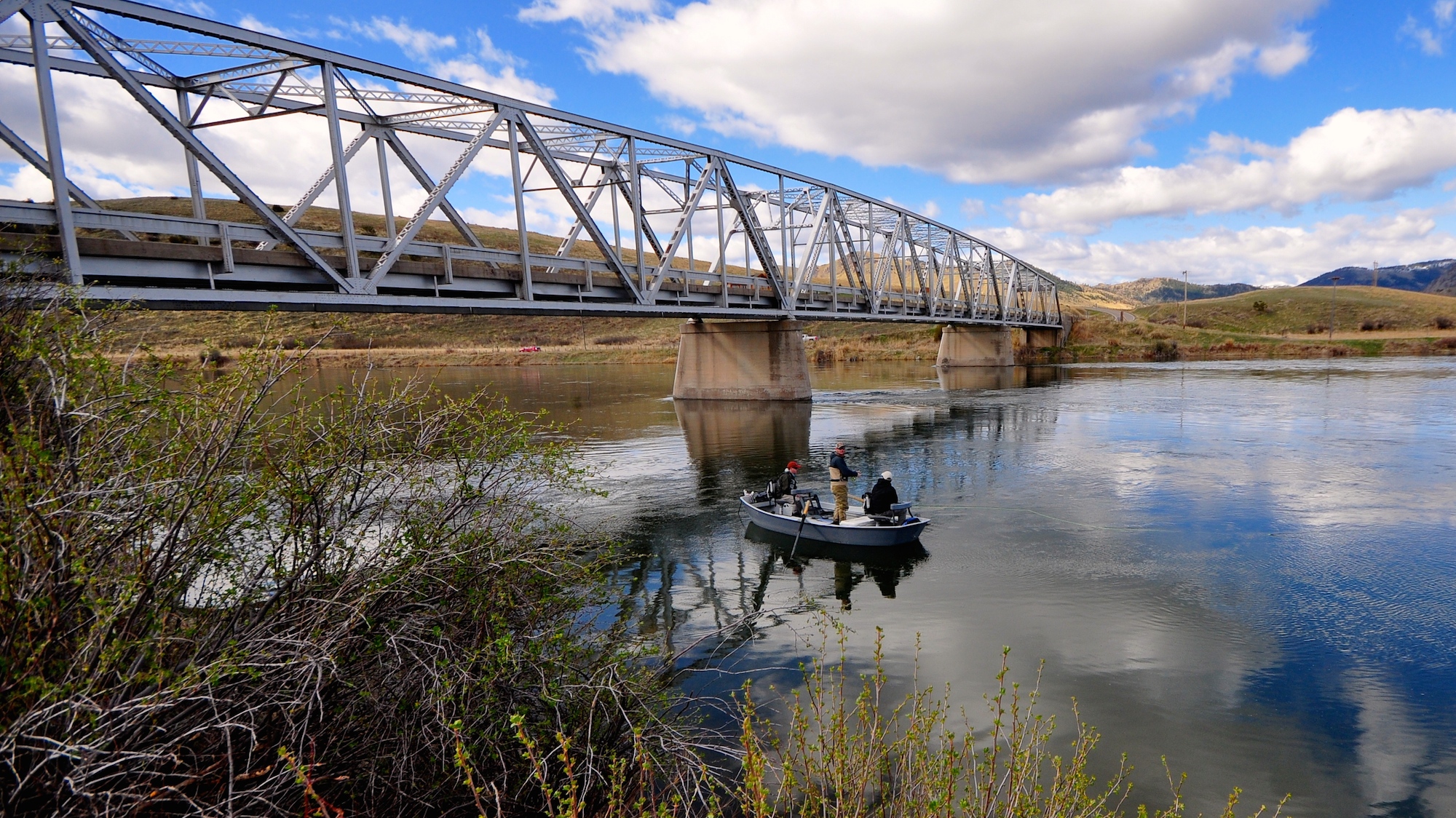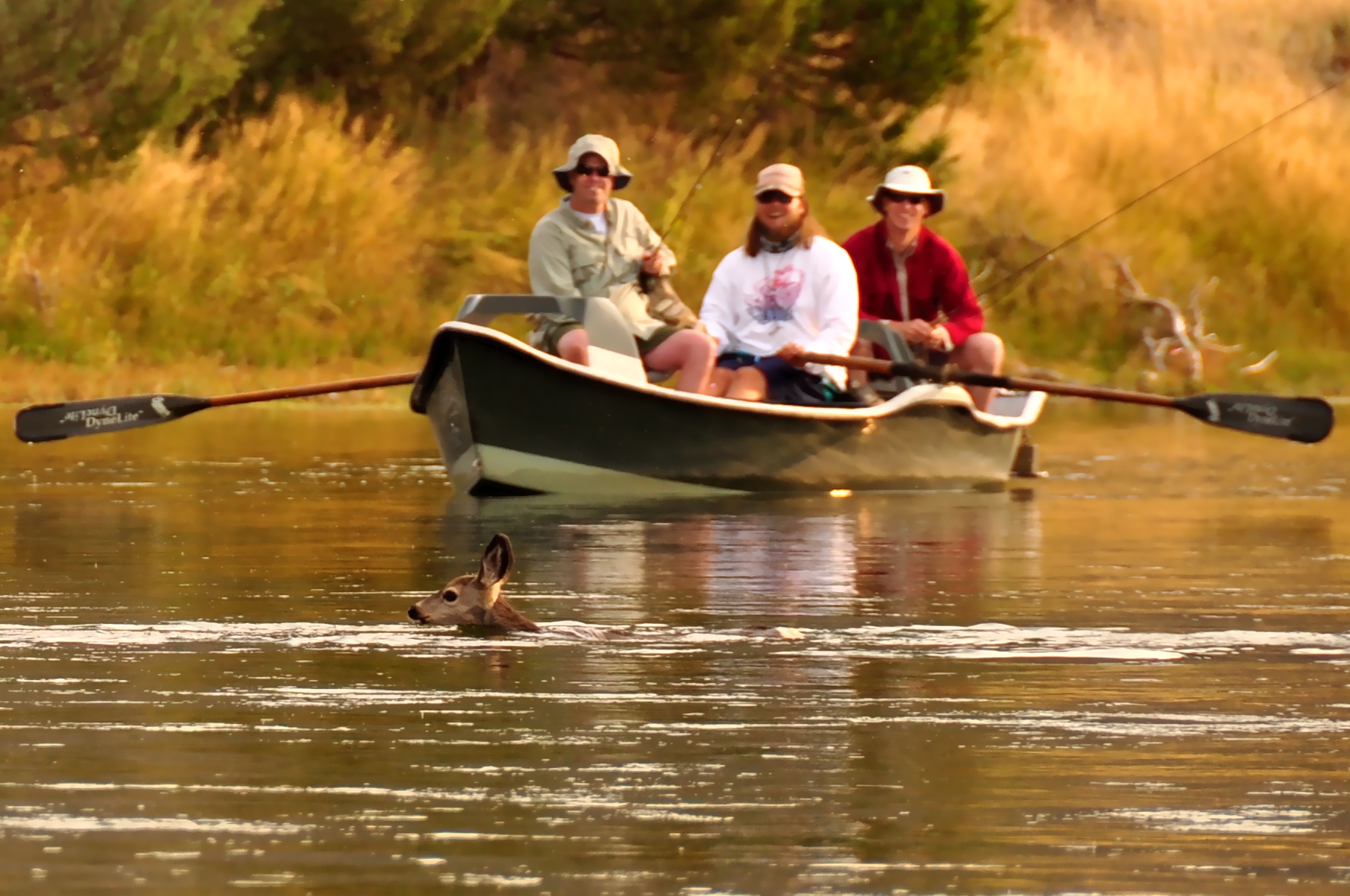We do a lot of mending here on the Mo’. The flows are moderate to slow – not the fast, tumbling water you’d see in free stone streams. Most of these trout have seen it all and dragreally turns them off, so getting a good drift is critical whether you’re fishing dry flies or nymph flies.
Sure, now and then you get a suicidal fish, but day in, day out, the fly must move at the speed of the water it’s in.
To get that done, you’ll have to do great mends. You mend to get the slack fly line near the indicator allowing for a drag free drift. Mending is a whole lot easier to do with a longer rod. A longer stick mends more line.
Of course, you don’t really need to mend everywhere, on every resource. In the small mountain streams in the Blue Ridge where I started, success meant casting straight upstream through a leafy, green tunnel. You couldn’t mend and short, over-lined rods worked best.
But once I finally made it west, casting and mending became a lot more important. Longer nine foot rods worked best – nine foot five weights were the ticket.
Then I got to the Mo’. Big water. Big fish. Big wind. Big mends.
I started wondering whether a longer rod would help, but I worried about the weight. I’d fished with a friend’s 10 foot, four-weight Scott back in the 80’s. After a day of nymphing, I’d found it pretty clumsy and tiring. I’m guessing that rod weighed over four ounces.
But today’s rods are much lighter. Nine and a half footers and even ten footers weigh a lot less than 9 footers did a few years ago.
Today my go to rod is a nine and a half foot, six-weight Sage ONE. It weighs in at 3.1 ounces. The help that extra six inches gives mending is remarkable. And it really helps on reach casts, too.
When the wind is howling, I find myself walking away from the car with my 10 foot 7-weight Helios. It only weighs 3.1 ounces and I can nymph and mend right into the wind. If I want to, I can put the RIO Outbound Short on it and throw a bugger half way across the river.
Everything’s a trade off, but today’s long, light rods seem to load and cast a lot better. Plus, that extra length really helps mending and reach casting.
So, size does matter!
Squeeky’s Ed Note: Bob, how ’bout a 10′ 4wt Sage ONE for long rod love? That’s a fly fishing tool.





5 Comments.
How about using a switch rod to nymph? Even better? I’ve been considering the Sage One 5 weight switch. I’ve only played with switch rods nymphing from a boat and that was great. But I’m wondering if overhand casting and fishing upstream while wading is really practical. Does nymphing with a switch rod while wading limit you to across and down presentations?
Great question, Kevin. I’ve been thinking about it. I know that guys fishing for steelhead on the Great Lakes tributaries use switch rods for dead drifting nymphs and yarn eggs under indicators. I don’t know if they are using “switch” lines, but I think they are. They aren’t swinging them.
I have tried to one-hand my 7-weight switch and it about killed my wrist. I have a scandi head on it and I don’t think that would mend very well, but I bet you could fish a nymph way up stream and mend with a switch rod and a switch line.
I agree. Guys definitely nymph while wading with switch rods. And they use switch lines. I’ve been reading as much as I can find on the topic. I just haven’t been able to determine for sure if upstream presentations are practical or if they are just “getting it out there” and then stack mending a long downstream drift.
Another question for you, why did you go with a 9’6″ six weight rather than all the way to 10′?
I was working in Toronto for a few years before the switch rods became available. We were swinging for steelhead when the water was warm, but once the temperatures dropped, it was the deadest of dead drifts right on the bottom. I was using a 9′ seven weight. It was definitely upstream, so I’m guessing that they’re working on good upstream presentations.
Relative to why not go with a ten footer, I went with a 9’6″ Sage One rather than the 10 footer because I already had a 10′ seven-weight Helios and I thought one would be too much like the other. Now I think I “need” a 10′ five weight Sage One…